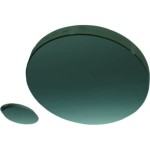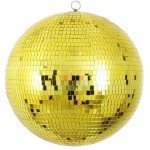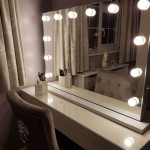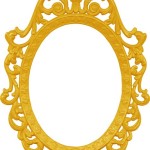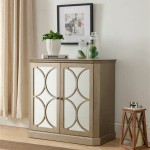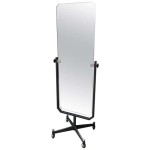Antique Hall Tree With Bench And Mirror
The antique hall tree with bench and mirror represents a piece of furniture that once served a vital function in homes, particularly during the late Victorian and Edwardian periods. More than just a decorative element, these pieces offered practical utility in an era before built-in closets and readily available storage space. They provided a place to store coats, hats, umbrellas, and other outdoor accessories, keeping entryways tidy and organized.
The design of these hall trees typically features a sturdy, freestanding frame, often crafted from oak, walnut, or mahogany. The central structure usually incorporates a mirror, allowing for a last-minute appearance check before leaving the house. Below the mirror, hooks or pegs provide hanging space for outerwear. A bench or seat, integrated into the base of the unit, offers a convenient place to sit while putting on or removing shoes.
Several variations exist within the general hall tree design. Some feature an umbrella stand, often incorporated into the base, with a metal or ceramic drip tray to catch rainwater. Others include small drawers or compartments for storing gloves, scarves, and other small items. More elaborate examples might incorporate carved details, intricate woodwork, or decorative inlay.
The popularity of the hall tree coincided with a period of significant social change. The Industrial Revolution brought about urbanization and the growth of the middle class. As homes became smaller, especially in urban environments, the need for efficient storage solutions became paramount. The hall tree provided an elegant and practical solution to this challenge.
The use of mirrors in hall trees also reflects the societal values of the time. The Victorian era placed a strong emphasis on appearance and decorum. Having a mirror readily available in the entryway allowed individuals to ensure they presented themselves appropriately before entering the public sphere.
Identifying an authentic antique hall tree requires careful examination. Construction techniques provide valuable clues. Antique pieces typically feature dovetail joints, mortise and tenon construction, and hand-carved details. Machine-made pieces, more common in later reproductions, often lack the same level of craftsmanship.
The type of wood used also offers insight into the age and origin of the piece. Oak was a popular choice in the late 19th and early 20th centuries, while mahogany was often used in more expensive, high-end pieces. The presence of veneer might indicate a later production date, as this technique became more widespread in the 20th century.
The condition of the piece is another critical factor in assessing its value. While some wear and tear are expected in antique furniture, significant damage, repairs, or replacements can affect the value. Original hardware, such as hooks and handles, adds to the authenticity and desirability of a piece.
Beyond the practical considerations of construction and materials, the stylistic elements of a hall tree offer clues to its age and origin. Victorian-era pieces often feature ornate carvings, elaborate embellishments, and dark, rich finishes. Edwardian-era pieces tend to be simpler and more streamlined, reflecting the changing aesthetic preferences of the early 20th century.
The current market for antique hall trees with bench and mirror is diverse, catering to a range of tastes and budgets. Simpler, less ornate pieces can be relatively affordable, while those with intricate carvings, rare wood, and excellent condition can command higher prices. Factors influencing value include the piece's age, rarity, condition, and provenance.
Caring for an antique hall tree involves regular dusting and polishing with appropriate wood care products. Avoid placing the piece in direct sunlight or near heat sources, as this can damage the wood and finish. For significant repairs or restoration work, it is advisable to consult a qualified antique furniture restorer.
Antique hall trees with bench and mirror offer more than just functional storage. They provide a glimpse into the past, reflecting the social customs, aesthetic preferences, and craftsmanship of a bygone era. These pieces can serve as a beautiful and practical addition to a modern home, adding a touch of history and elegance to an entryway or hallway.
When considering purchasing an antique hall tree, careful research and examination are crucial. Consulting reputable antique dealers, appraisers, and auction houses can provide valuable guidance in assessing the authenticity, value, and condition of a piece. Understanding the historical context and stylistic characteristics of these pieces can enhance appreciation for their unique charm and enduring appeal.

Antique Large Oak Hall Tree Bench W Mirror Excellent Condition Long Valley Traders
Vintage Hall Tree At The Missing Piece

Antique Hall Tree With Mirror Oddities Curiosities Crafts And More We Must B Oak Furniture Vintage

Antique 1900s American Oak Hall Seat Tree With Hooks Mirror Storage Bench Chairish

Oak Hall Tree With Shaped Mirror Wooden Nickel Antiques

Antique Carved Oak Hall Tree Bench W Storage Coat Rack Hat Hook Throne

Antique Hall Tree Lot 178 With Storage Coat Rack

Victorian Carved Oak Hall Tree Coat Hat Stand With Mirror And

Antique Oak 1800 S Hall Tree Carved Details Large And Beautiful Long Valley Traders

Antique Oak Hall Seat Bench With Drawer And Beveled Mirror

